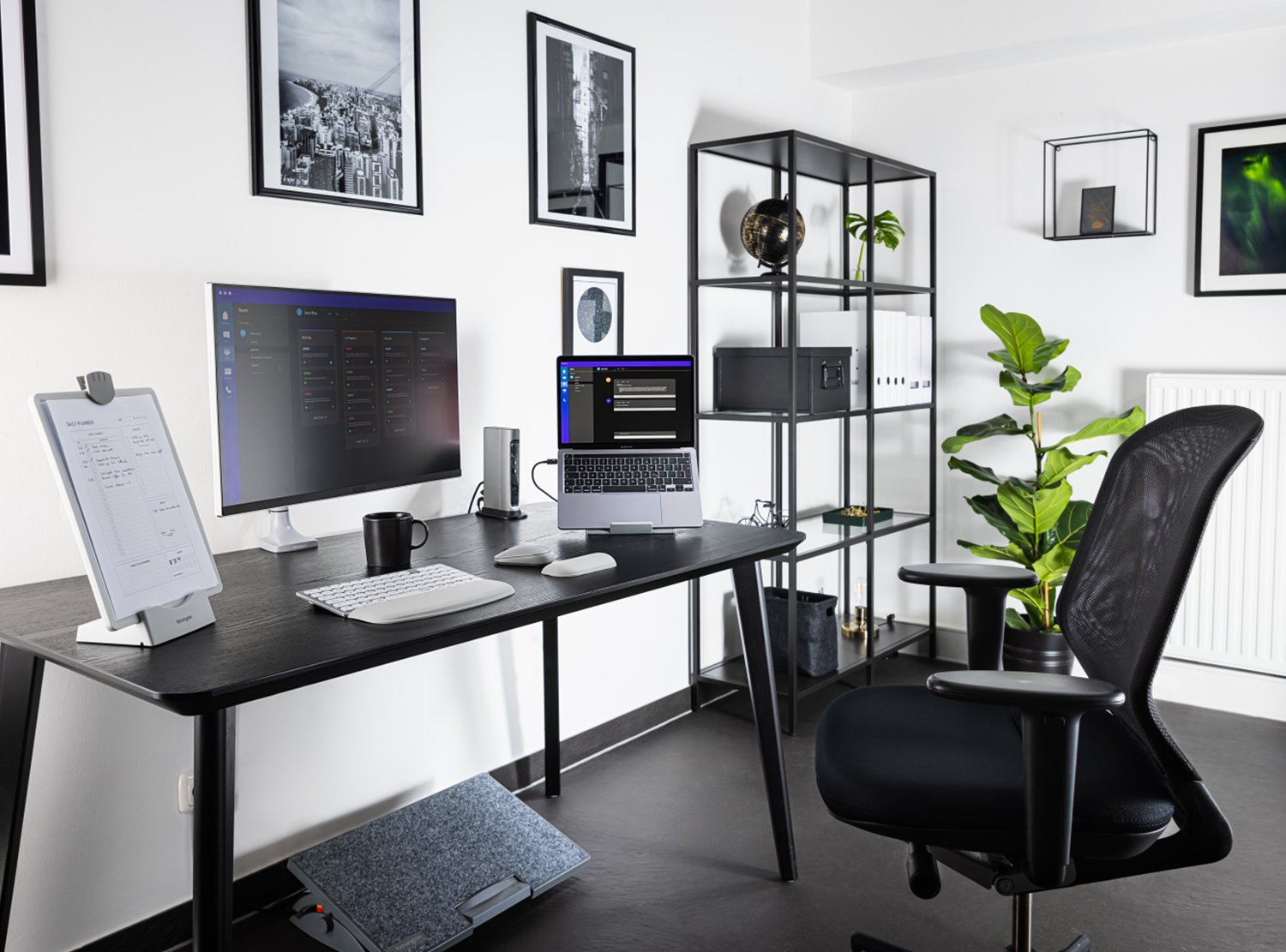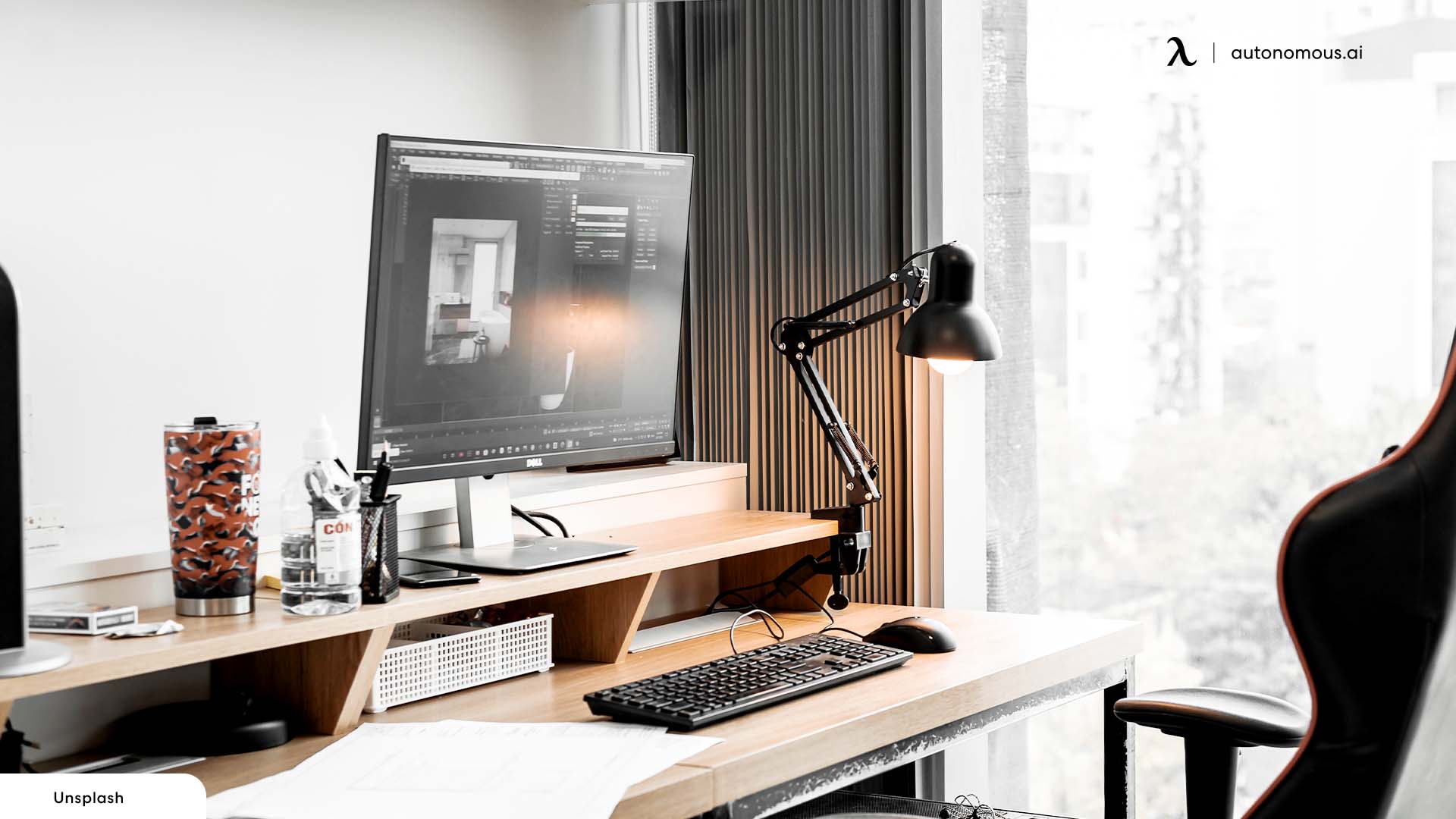The Mindful Monitor Setup: How Screen Placement Shapes Your Energy
Share



You probably don’t think much about where your monitor sits — but your eyes, spine, and even your focus definitely do.
A mindful monitor setup isn’t just about ergonomics. It’s about how your screen affects posture, energy flow, and mental clarity.
Whether you’re working on a single laptop, dual monitors, or a desktop setup, the placement and presence of your screen subtly dictate how your brain interacts with your workspace.
1. The Psychology of Position
Your body subconsciously follows your screen.
If your monitor is too low, you slouch; too high, you strain your neck. Both lead to fatigue that reduces focus over time.
But beyond physical posture, screen alignment impacts mental posture too.
-
A cluttered dual-screen layout can split attention.
-
A centered, balanced screen creates a stable visual anchor, helping your mind feel calm and directed.
“Your screen is your visual horizon — when it’s balanced, your thoughts are too.”
2. The Ideal Monitor Setup
🪄 Eye Level:
The top third of your monitor should align with your eyes when you’re sitting upright. This keeps your neck neutral and your focus comfortable.
📏 Distance:
About an arm’s length (20–24 inches) from your face prevents eye strain.
💡 Lighting:
Avoid direct light behind or in front of the screen. Use diffused side lighting to reduce glare and maintain even brightness across your desk.
🪶 Background:
Keep your desktop clean. Choose calm wallpapers — muted beige, light grey, or soft gradients — that don’t pull attention.
3. Energy Flow and Focus
Your screen should invite focus, not demand it.
If it dominates the desk, your energy stays trapped in a forward-leaning state. Leave space on each side for airflow, plants, or a notebook — this signals openness and flexibility to your brain.
Dual monitors:
Angle them slightly inward to form a gentle curve — not flat side-by-side. This mimics the natural curve of human vision and keeps your energy contained without feeling boxed in.
4. Minimal Digital Aesthetic
A mindful setup combines order and serenity.
-
Hide cables with clips or trays.
-
Use monitor risers made from wood or metal for natural elevation.
-
Pair with a small plant or diffuser to soften the tech-heavy atmosphere.
A calm screen presence = a calm mental rhythm.
